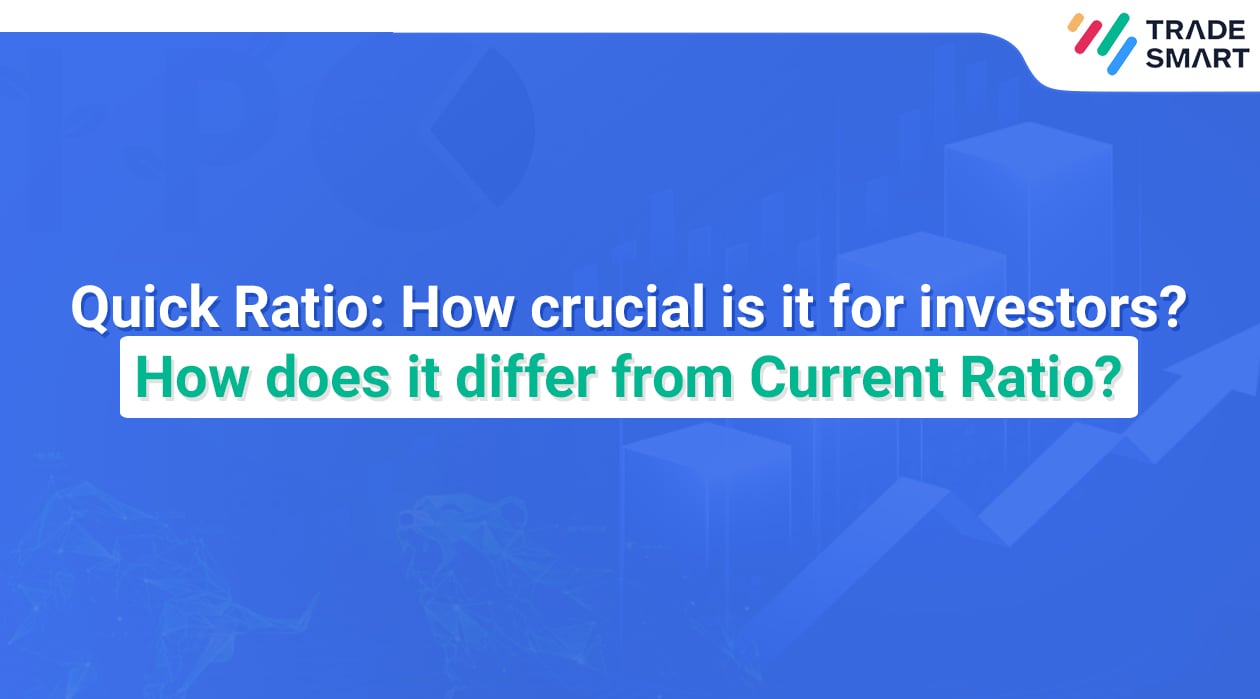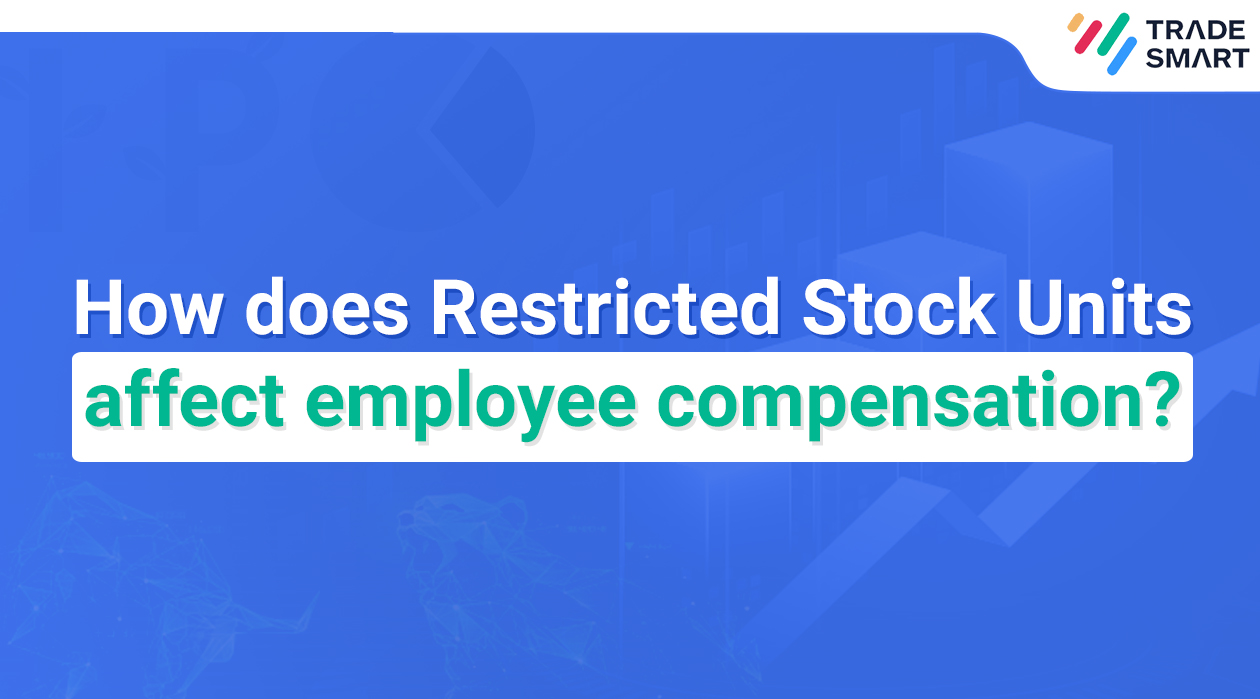An introduction to Return on Equity
Return on Equity, abbreviated as ROE, defines a company’s profitability. It is done by calculating the amount shareholders earn for their investment in the company’s shares. It also determines the company’s capability and how well the company has utilised the shareholders’ funds. The return on equity is the ratio of the net profit of the company to the net worth of the company. However, there is also a defined return on equity formula that can help you calculate the return on equity for the company. If the return on equity after calculation comes out to be low, the organisation could not utilise the shareholder’s investments effectively. Generally, an ROE above 20% is considered suitable for the organisation.
Higher values of return on investment also show that the company is quite effective in using the investment and generating profit from it. Before making purchasing decisions in a particular company, it is highly essential for the investors to check the financial ratios and return on equity of the company. It is also a practical idea to review the ROE from time to time to know about the companies you are interested in. A cautionary thing you must keep in mind as an investor is that you should not solely depend on the return on equity before investing in a company.
It is because sometimes, ROE is influenced by the organisation’s management and being an investor, you might be tricked with faulty results. Although it is time-consuming, if you have time, you can calculate the return on Equity for a company by using the ROE formula. For instance, if the company utilises debt finance to reduce the share fund, the return on equity for the company will rise irrespective of the total income being constant. An effective rule you can follow is to see the ROE of the companies whose average is similar to or just above compared to their competitors. You can also check the previous financial transactions through the balance sheet of the companies to get a detailed view of their shares.
Investors determine whether the company is compelling enough, can value the customers and whether they are efficient in the long run or not. Make sure you have a good understanding of the company’s return on equity, as a manipulated ROE could mislead you. Therefore, it is advisable to use a quality return on equity calculator from a authorised website that will offer you accurate and precise results.
The cyclical industries try to generate a higher return on equity compared to the defensive industries, and it is due to the segregated risk characteristics of the companies. A company having higher risks will have an increased cost of equity and a higher cost of capital. Apart from the Return on Equity calculators, there is a formula named the DuPont Formula, a key financial metric useful for gaining precise ROE values.
What is the Return on Equity Formula?
The return on equity ratio formula is a straightforward metric that helps evaluate investment returns. By comparing the industry’s average to the organisation’s return on equity, something could be understood about the company’s competitive advantage. The return on equity also helps to understand and grab a piece of knowledge about how the company is utilising the shareholders’ investment funds to grow its business.
The general formula for calculating the return on equity of a company is:
Net income of the company/Equity of the shareholder.
The income statement of a company can provide you with the growth rate and the net income of the company. It is the gain or the profit the company has earned before distributing the dividends to its stockholders. In most cases, the net income calculated over the last twelve months or during the trial of twelve months is utilised for calculating the return on equity using the return on equity formula. It gives precise results while calculating the return on equity for a company.
On the other hand, the shareholder’s equity is derived by deducting the entire value of the company’s liabilities from the total asset value. It defines the total fund left for the company’s shareholders after all the company’s liabilities are settled. It can include both the current and the non-current assets of the company. With the roe formula, you get a detailed view of the financial conditions, debts, remaining funds and the company’s liabilities. It will be beneficial for the investors before investing in the stocks of a company.
Sometimes, the financial analysts also utilise the free cash flow system or FCF instead of the total income in return on the equity calculator. Free cash flow also signifies the company’s profitability, like the net income. But unlike the company’s net income, free cash flow does not include the non-cash expenditures in the profit and loss account. Instead, the free cash flow account includes expenditures of the company like the working capital of the organisation as well as the total spending on the company’s assets and other pieces of equipment. However, net income is more significant as it accurately signifies the organisational efficiency of a company to earn gains from the shareholders’ funds.
ROE calculation is frequently used by analysts and investors to get a clear image of the organisational and financial profitability of the company. Moreover, it is easy to calculate the return on assets ROA from the organisation’s financial statements. Similarly, a company’s balance sheet will provide detailed information about the liabilities and assets. The companies release the financial statements periodically and make them available in a public forum for anyone interested in it. But, as an investor, you should be aware of any manipulations made by the organisation in the balance sheet.
Calculation of Return On Equity Using ROE Formula.
There are numerous steps involved in the calculation of return on equity using the ROE formula.
Computation of the Equity of Shareholders.
The primary step in the calculation of return on equity using the roe calculation method is the computation of shareholder’s equity of the company.
The formula for calculating shareholder’s equity= Total assets of the company- Total liabilities of the organisation.
Let us look at a company’s assets and liabilities and calculate the shareholder’s equity.
In the balance sheet of Company X, the following assets are listed.
| Financial Metrics. | Amount in Rupees. |
| Building and Land Funds. | 6,00,000 |
| Machinery Funds. | 3,00,000 |
| Debt funds. | 50,000 |
| Inventory funds. | 30,000 |
| Cash and Cash equivalents. | 70,000 |
| Total assets. | 10,50,000 |
Below mentioned are the liabilities of the organisation X.
| Particulars. | Amount in Rupees. |
| Company debentures. | 5,00,000 |
| Creditors amount. | 50,000 |
| Outstanding expenditures. | 50,000 |
Therefore, the shareholder’s equity of company X will be total liabilities deducted from the total assets, i.e., Rs. 10,50,000- Rs. 6,00,000 = Rs. 4,50,000.
This is the first step in the calculation of return on equity using the return on equity formula.
Calculation of Total Income or Net Income.
The next step in calculating return on equity is calculating net income from the yearly financial reports released by the organisation. Suppose the investor or the analyst is calculating the return on equity for the last three months. In that case, they must consider the organisation’s profit for the previous three months that is generated from the interim financial metric reports.
The formula for calculating the net income = Total revenue of the organisation – Total company expenses.
The net income of an organisation is generated from the income statement released by the company. It is the difference between inputs on the credit portion of profit and loss and its debit portion.
Considering the above example of company X, the income statement includes the following things: Sales Fund – 5,00,000, Interest income – 30,000, Wages and Salaries – 3,50,000, Telephone and internet expenses – 15,000, advertising expenditures – 30,000, Electric expenses – 50,000, misc expenses – 5000, depreciation – 25,000.
The total calculation of net income for company X is mentioned in the below table.
| Financial metrics. | Amount in Rupees. |
| Sales Fund | 5,00,000 |
| Interest income | 30,000 |
| Total Income | 5,30,000 |
| Wages and salaries. | 3,50,000 |
| Internet and telephone expenses | 15,000 |
| Advertising expenses | 30,000 |
| Electric expenses | 50,000 |
| Misc expenses | 5000 |
| Depriciation | 25,000 |
| Total expenses | 4,75,000 |
| Net Income | 55,000 |
Therefore, we can conclude from the above-mentioned table that the net income of the company is 55,000 rupees.
Computation of Return on Equity.
After determining the shareholder’s equity and the organisation’s net income, an investor or analyst need to input the variables on the return on equity calculator for calculating the return on equity.
Considering the above-mentioned example of Company X, the company’s net income is 55,000 rupees, and the shareholder’s equity of company X is 4,50,000 rupees.
Therefore, according to the return on equity ratio formula, ROE= [(55,000/4,50,000)*100]
Return on Equity = 12.22%.
Significance of ROE Formula
The return on equity formula displays the company’s organisational and financial competency through the gains generated. Therefore, the return on equity is studied by the investors and the analysts before investing in the stocks of the company. Return on equity has the following significance:
Sound Financial FrameWork
Return on Equity is a vital financial metric which provides quantifiable and valuable insight into the economic structure of the company as well as its working framework.
When a company possesses a high return on equity, it means that the organisation has a robust fiscal model that can generate higher profits concerning the equity of the shareholder. Hence, investors can depend on such companies and invest in their shares.
Considering the example mentioned above, the return on equity is 12.22%, and it defines that Company X was able to generate 0.1222 rupees for every shareholder’s equity.
Analysis of the financial growth of the Company
Computing the return on equity using the ROE formula can provide quality information about the company’s growth rate over the years. A study of the past return on equity of the company and its recent forms allows the investors to judge the company’s financial growth. The comparison regarding the financial growth of the organisation can be made on a quarterly or annual basis.
Comparison with the peer companies
One of the most crucial utilisation of financial ratios can be used by analysts to compare the company’s financial performance with different peers available in the industry to which it belongs.
Comparative analysis of several companies showing organisational and financial competency in a parallel industry. Being an investor, you must know that comparing the companies of different industries might not provide an accurate representation of the organisational framework. For instance, the banking sector’s average ratio is less than the tech sector.
Hence, if a company is displaying a 7.5% return on equity and a tech company shows a 15% return on equity when the average ratios of both the industries are 6.5% and 18%, respectively, it can be concluded that the performance of the bank is better than the tech company.
Determination of the growth rate of the Company
The ROE calculation formula can be used to determine the organisation’s growth rate. Although such determination might not be precise, it can offer a rough idea and graph of the company’s profits. Additionally, the return on equity can also be used to estimate the growth rate of the company’s dividends and stocks.
Recognition of the financial discrepancies
Return on equity is a quality indicator of the fiscal inconsistencies of the company. Generally, it is considered that the company with a high return on equity is more competent compared to its peers. However, an excessive high ROE of an organisation indicates discrepancies that can artificially inflate the ROE ratio. It happens when there is no actual prospect. A loss making company supposedly incurs no net income, therefore it has a negative ROE. So, generally, a loss making company incurs a low or negative ROE.
A company that has incurred losses in the past years has a negative return on equity. Hence, if a company generates minor profit in one single year, the return on equity will increase. Similarly, a company with more debts can have a low return on equity, and a nominal growth will improve the ROE.
Final Words
Return on equity is a computation of how well the company has been performing over the last years from a shareholder’s perspective. The return on equity formula takes the organisation’s profits and divides them by the value of the shareholder’s equity. It is composed of two different variables: shareholder equity and net income. As learnt from the article, a company with a higher return on equity is considered more efficient and will generate more growth in the future. The return on equity is an excellent financial metric for the investors and the analysts who wish to invest in the company’s shares.











